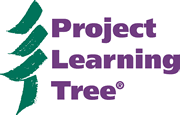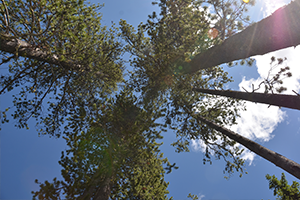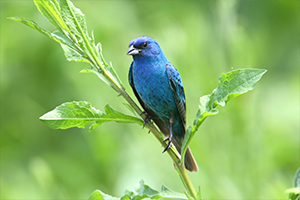Engage middle school aged youth in learning about trees, forests, and sustainable forest management and help grow the next generation of environmental stewards with Learn About Forests, which includes 12 free, hands-on activities to use with ages 10 to 16.
Through an active modeling exercise, learners explore how trees compete with each other for nutrients, sunlight, space, and water.
Learners explore the burnability of different fuels and the role of fire in ecosystems.
Learners experience firsthand the magic of the paper-making process and the value of trees as a natural resource.
Using simple tools, learners calculate the height of a tree and width of its trunk, and find out why foresters measure trees.
Trees provide a host of benefits—from oxygen to shade to wildlife habitat. Learners help select and plant a tree for the future.
Learners investigate the concept of forest sustainability by identifying connections between forests and the U.N.’s Sustainable Development Goals.
Learners examine tree cross-sections to determine their age and to infer environmental conditions during the tree’s life.
Healthy trees need sunlight, water, nutrients, and room to grow. Learners assess trees for signs of their health.
Learners model the different paths water molecules may take in the water cycle and discover its importance for plants and animals.











